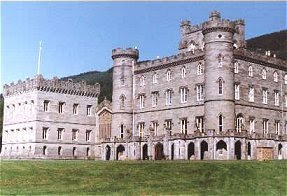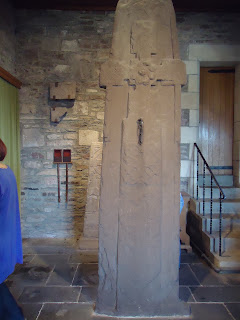The MacRosty Bandstand -Crieff's Edwardian Gem

1920s pic looking from bamdstand towards the old Tea Room Sketch by June McEwan local artist of Crieff As a young schoolboy in the distant past I used to spend much of my summer holidays with family friends in a little cottage called Barnshaw in a narrow lane off Comrie Road . Ideal of course for an escape to the wonders of nearby MacRosty Park . In those immediate pre war years life was slowly returning to a semblance of normality . My main attraction in those days was that smooth stretch of water above the Weir where the laid starts and tumbles its way through the Park heading for the mighty Earn . Many a naval encounter was fought a s I propelled a large inflated inner tube about the pool in an attempt to sink the Bismarck !The old Mill was still standing where now the somewhat inappropriately named “ Park Manor “ dominates the landscape . Tucked away amongst the tall pines and looking somewhat forlorn was the old Bandstand . The Park gifted ...





